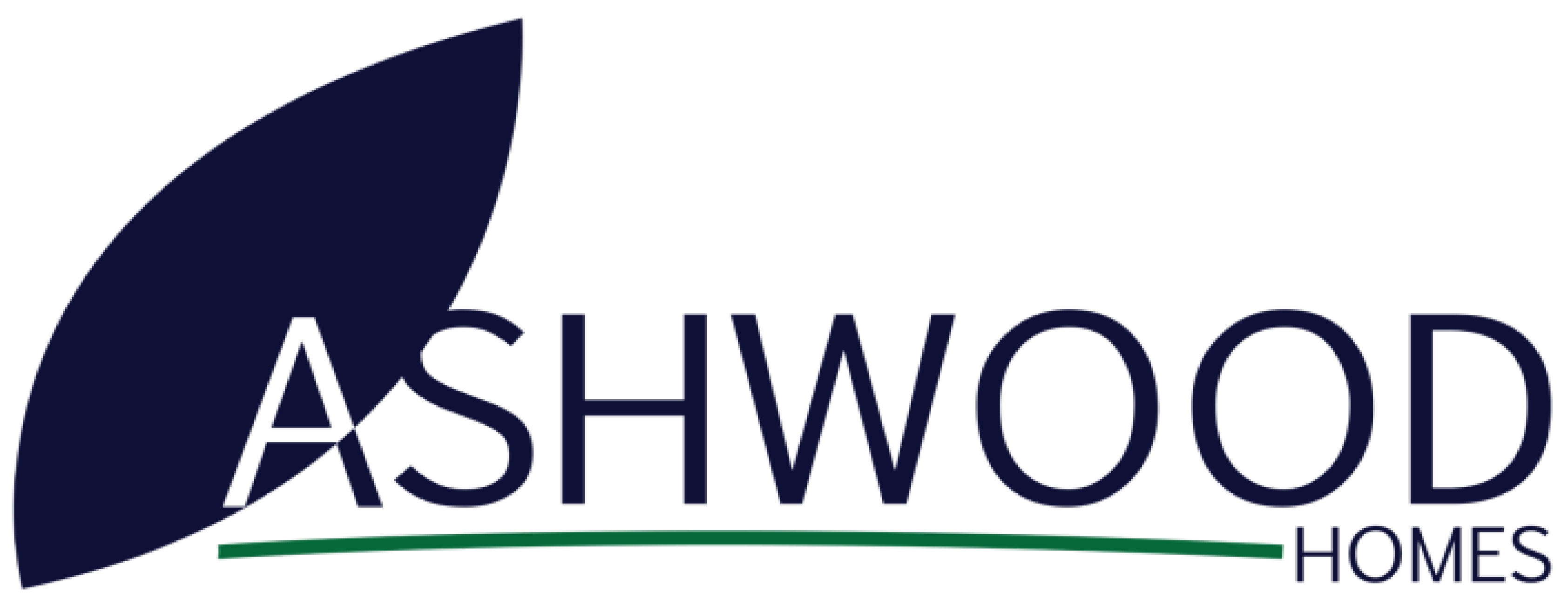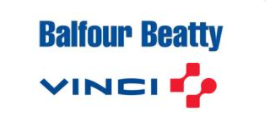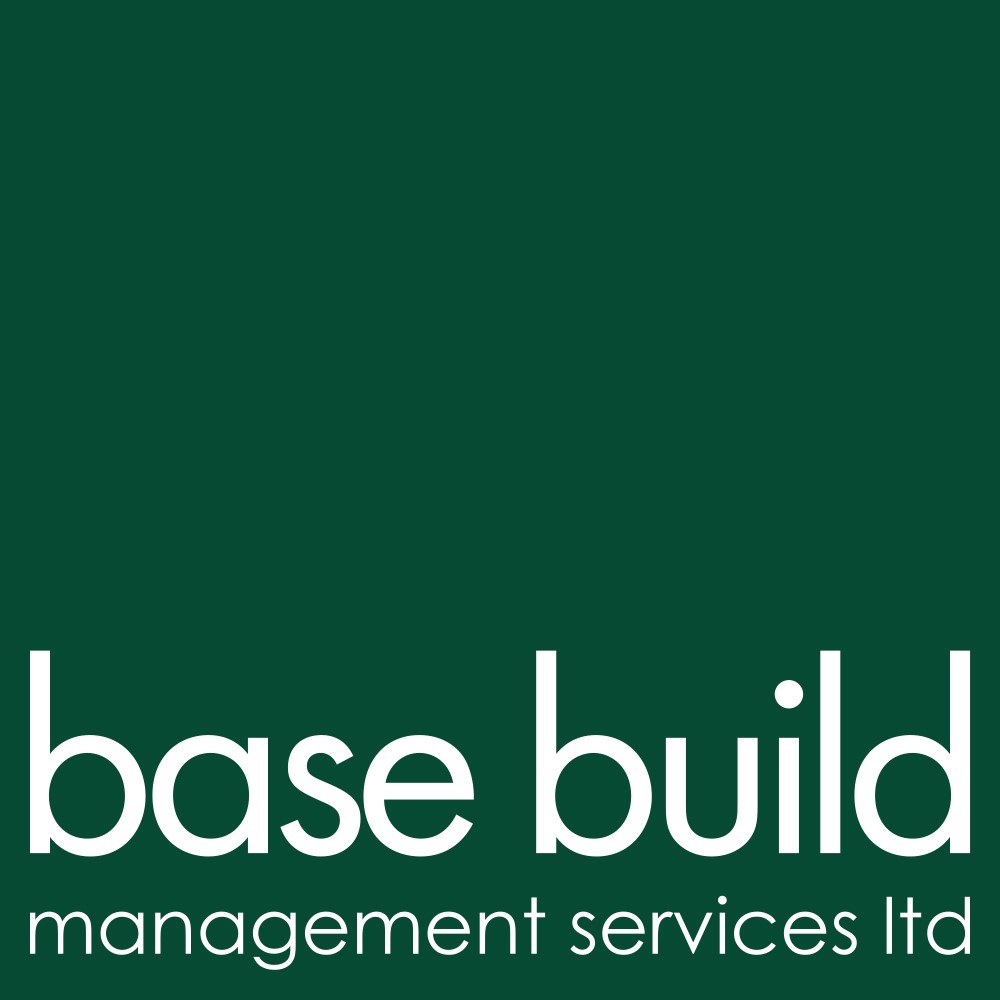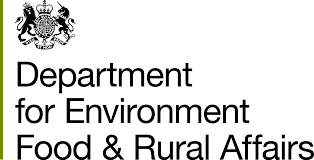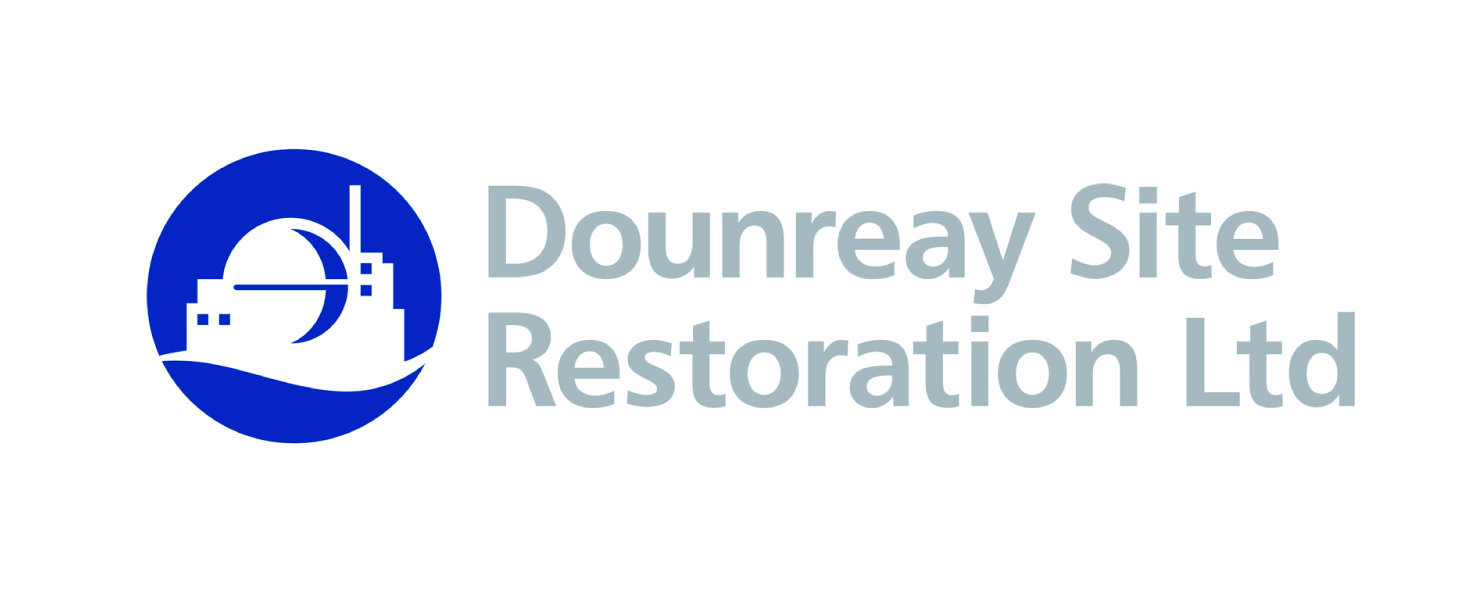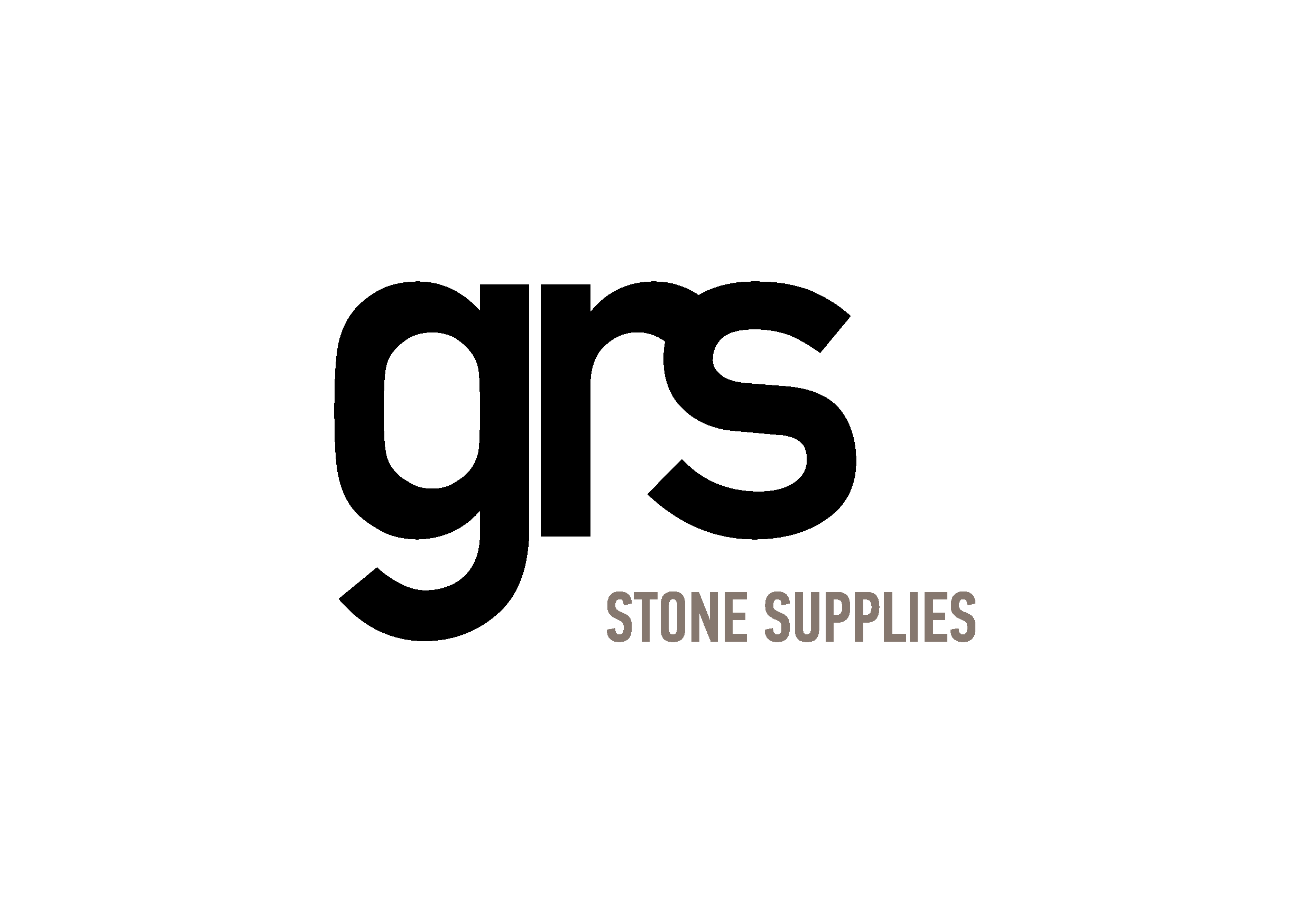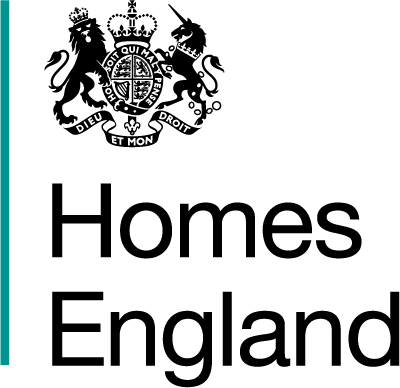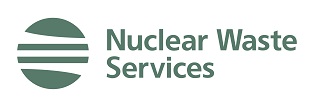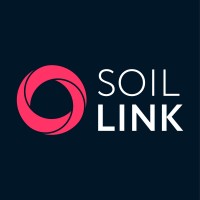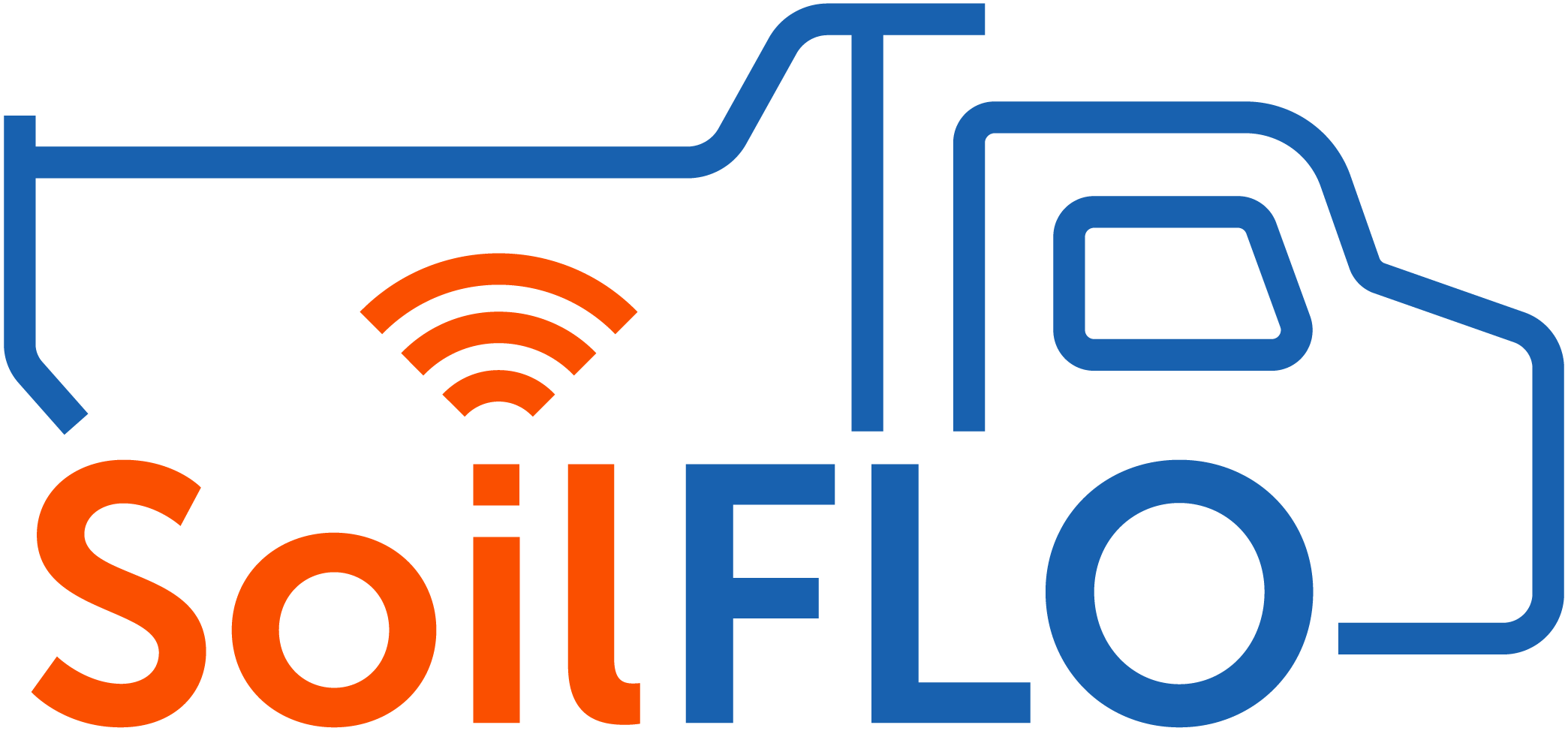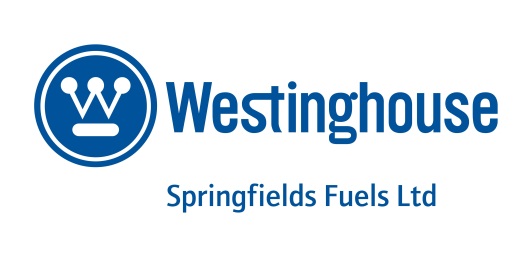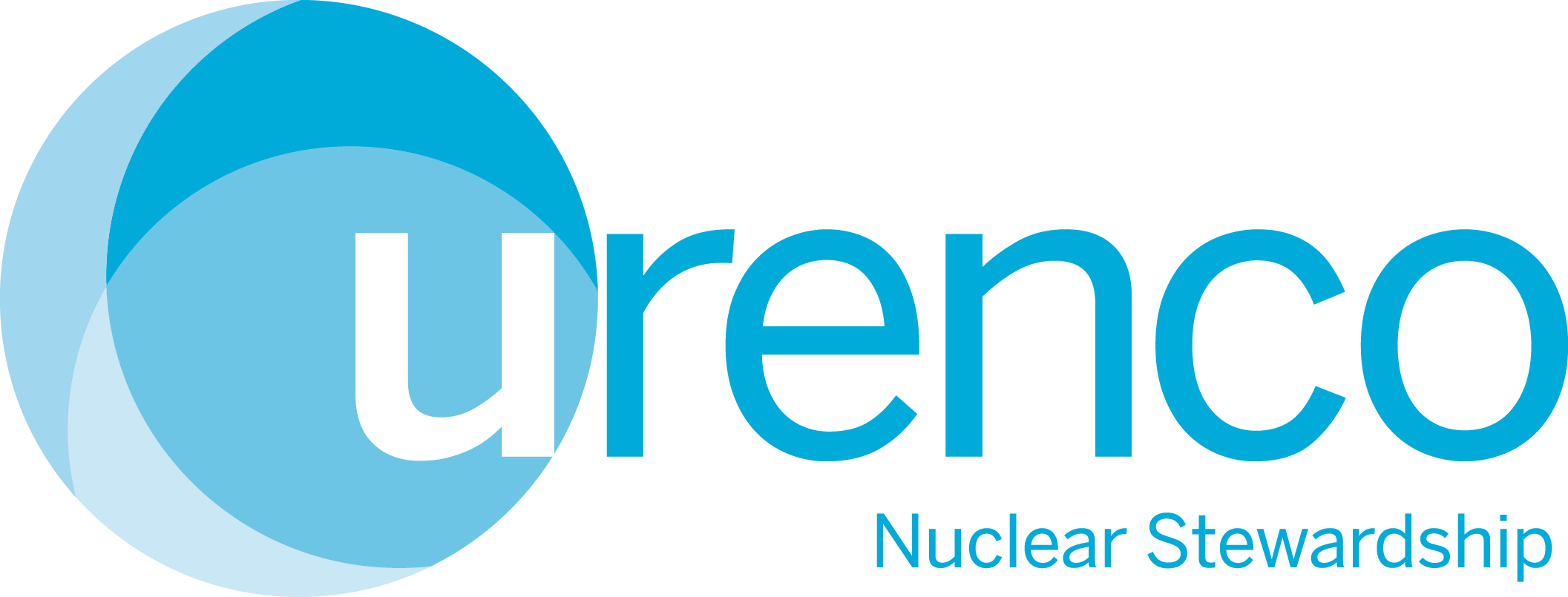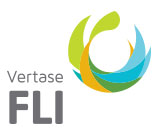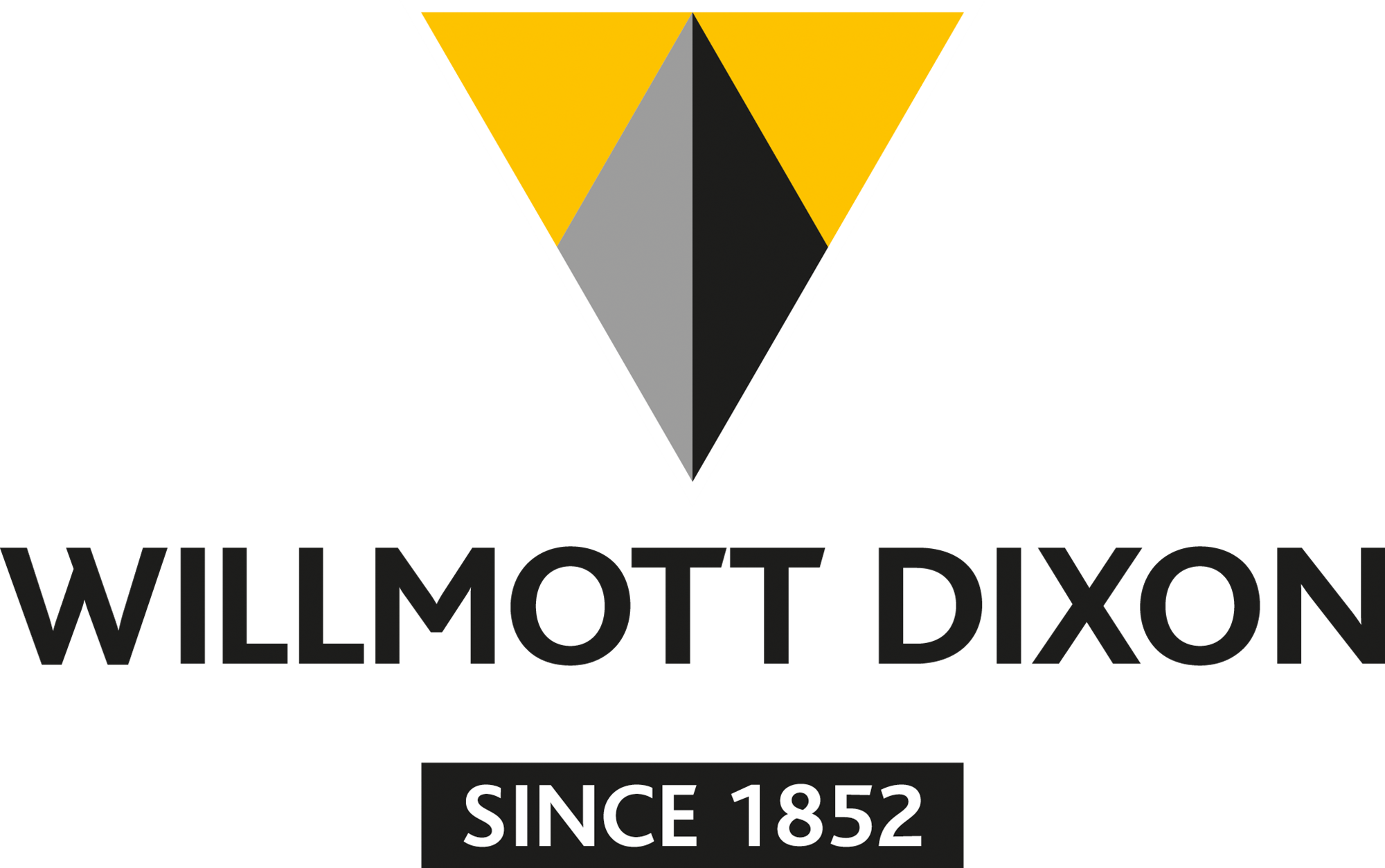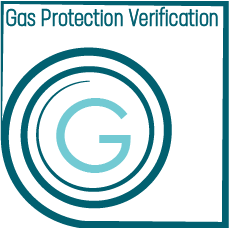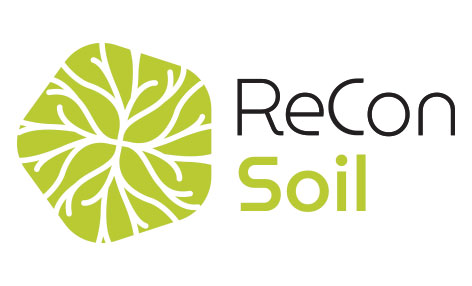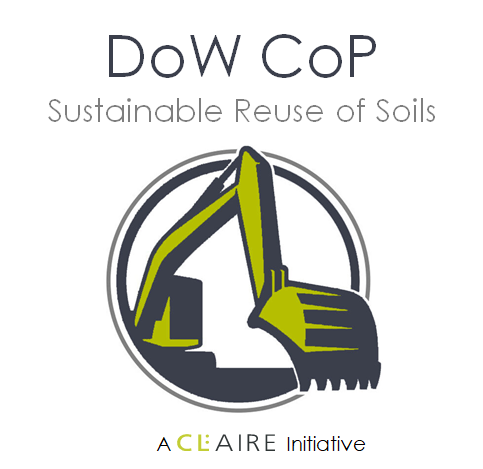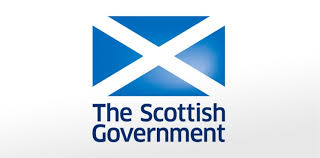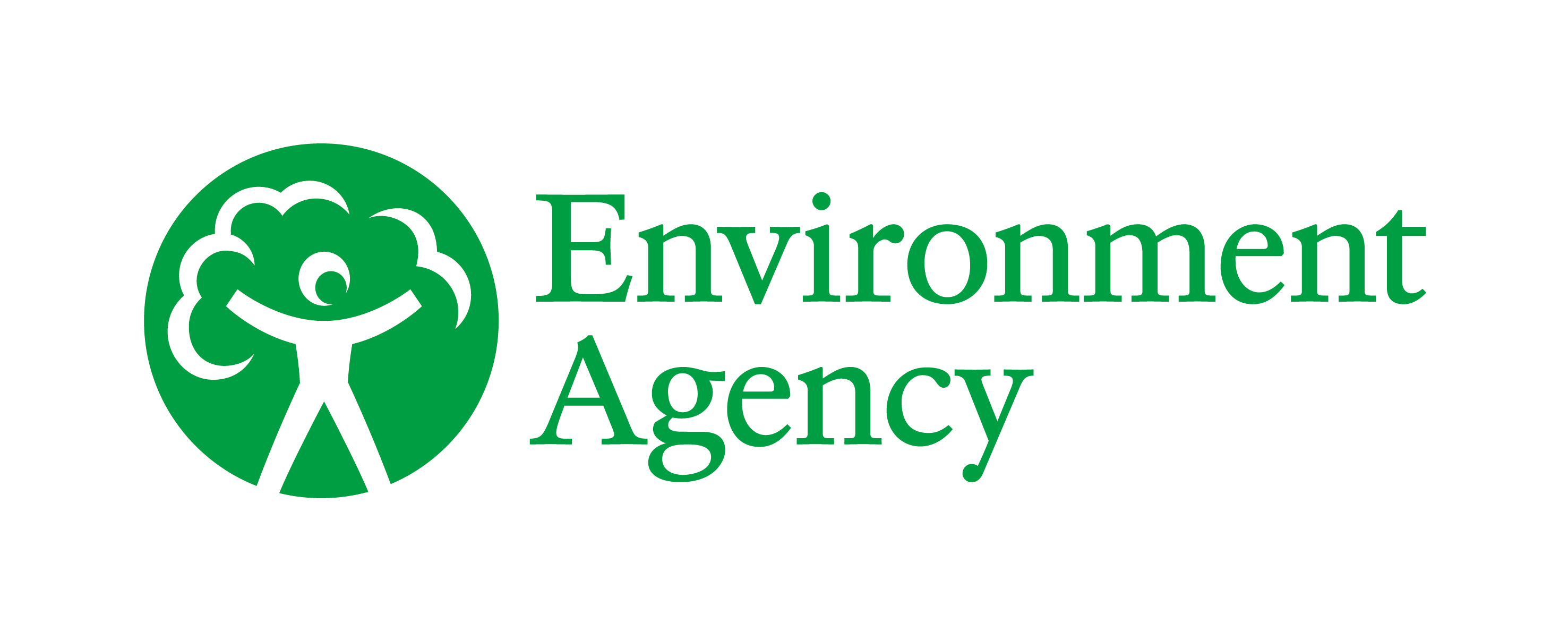Code of Practice FAQs
These FAQs have been developed to aid those using the Definition of Waste Code of Practice (DoWCoP) and may be subject to change periodically. Therefore, reference to the most up to date version on CL:AIRE’s website is recommended.
Latest update and summary of changes:
1. The current version of the DoWCoP was launched on 30th March 2011. It features an extended scope of scenarios which can now be applied -
‘This document applies to both uncontaminated and contaminated material from anthropogenic and natural sources excavated
- For use on the site from which it has been excavated, either without treatment or after on-site treatment as part of the development of that land (i.e. Site of Origin scenario)
- For use directly without treatment at another development site subject to the material meeting the requirements set out in Appendix 2 (i.e. Direct Transfer scenario)
- For the use in the development of land other than the site from which the material has been excavated, following treatment at an authorised Hub site including a fixed Soil Treatment Facility acting in this capacity (i.e. Cluster Project scenario)
- Or combination thereof’
2. A template Materials Management Plan has been prepared for use on all DoWCoP projects. The template is available from the CL:AIRE website – www.claire.co.uk/cop.
General Questions
(Q1) Which team in the Environment Agency will carry out the Audits?
Audits will be arranged by the relevant National Environment Agency team and carried out with assistance of local Area staff. Staff carrying out audits will be fully conversant with relevant waste legislation and the content and aims of the DoWCoP. For consistency purposes any queries on interpretation including issues such as bulking and consolidation will be resolved in consultation with the National team.
(Q2) How long after submission of a Declaration might the Environment Agency carry out an audit?
Concern was expressed that if undertaken 5 years after completion and some problem is found, then there may be houses on what might be classified as a waste site.A: Most audits will be undertaken within 6 months of the submission of a Declaration. However audits can be triggered at a later date if complaints are received about a site or a pollution incident is subsequently reported. A risk based decision will be taken as to whether to retrospectively enforce the requirements for an environmental
permit if problems are found at any site.
(Q3) Can the DoWCoP be applied to fixed Soil Treatment Facilities?
Yes. The Soil Treatment Facility can either act as part of a pre-defined Cluster project or approach the Environment Agency again to gain approval for further transfer of stockpiled, treated materials, via the establishment of new Cluster projects. The simplest form of project is likely to be the most appropriate for such operations i.e. a 2 site Cluster with the Soil Treatment Facility acting in the capacity of a Donor/Hub site. See section A3.3 Fixed Soil Treatment Facilities of the Version 2 of the DoWCoP.
(Q4) Could the DoWCoP be used to bring material such as Pulverised Fuel Ash (PFA) on to a site, for example a former mine.
Potentially: The Pulverised Fuel Ash would have to constitute madeground and be excavated and re-used as earthworks materials as part of a defined Hub and Cluster development. However the filling of mineral voids is commonly regarded by the Environment Agency as a landfilling activity which would rule out the use of the DoWCoP.
(Q5) What about the case where impact to groundwater remains after human health issues are dealt with, but Environment Agency takes the view that it is unreasonable to require further work (e.g. aquifer already compromised). Would the material strictly not be suitable for use?
Suitability is determined on a site by site basis with reference to the achievement of agreed risk based targets which take into account the environmental setting of the site.
Q6) Why does the methodology behind the assessment of “suitability” differ when considering the three scenarios of onsite use, direct transfer and hub & cluster within the DoWCoP? Why isn’t suitability defined by a simple risk assessment at the site of use?
Article 14 of the Waste Framework Directive requires the necessary measures to be taken to ensure that waste is recovered or disposed of without endangering human health and without using processes or methods which could harm the environment, and in particular:
a) without risk to water, air or soil, or to plants or animals;
b) without causing a nuisance through noise or odours;
c) without adversely affecting the countryside or places of special interest.
In assessing the suitability of materials (and hence waste status) one has to consider not only the circumstances in which they arise but also the circumstances in which they are to be used. When considering “site of origin” scenarios, an acceptable level of risk to the environment is defined in the context of the sites current/baseline condition. This enables the re-use of otherwise contaminated materials on the basis of waste minimisation; land quality is being maintained or enhanced, thus achieving the objectives of the Waste Framework Directive.
When considering the importation of foreign materials to a site it is important to ensure that the materials will be used in a way that achieves the same goals. If materials were imported to a site so that new hazards were created, or existing hazards increased the net effect would be to increase the level of risk posed to human health and the environment at that site. This would be contrary to the objectives of the waste framework directive. It should be remembered that land-use can and does change over time meaning that any new hazards created by importation of materials will have to be dealt with in due course. The net effect is that land quality would have been degraded rather than maintained or enhanced; this is not considered sustainable.
The differential between the costs of disposal of hazardous vs. non-hazardous materials also make it attractive to criminals to undertake “sham recovery” operations whereby the development itself is secondary to the profits to be made in circumventing legal controls on disposal. By providing clear guidance in the DoWCoP regarding such matters the Environment Agency hope to dissuade its potential exploitation in this manner.
Q6 a.) How should I approach the assessment of chemical suitability in Cluster Projects given the restrictions imposed on reuse highlighted in Watchpoint 15?
The following simple approach can be used to ensure that you do not inadvertently introduce new hazards to a receiver site OR significantly increase the hazards that are already present:
1.) Define the quality of the material you need at your receiver site by reference to a site specific risk assessment as normal. Remember that in order to be suitable, any materials must not cause pollution or harm to human health or the environment (including controlled waters) at the location at where they are to be used.
2.) Check whether the values derived would fall above the current thresholds used for hazardous waste classification purposes.
3.) If any of the values are above these thresholds then alter the materials specification to limit the allowable levels of these substances to below the thresholds.
In most cases this conservative approach will be sufficient to prevent the importation and reuse of materials in a way that the Regulator may consider to be “Sham Recovery”. It should also prevent the inadvertent creation of any significant problems for any future regeneration of the site.
In the very unlikely event that the concentration of some substances at your receiver site are already above the hazardous waste classification thresholds but are not posing any unacceptable risks (as demonstrated by your site specific risk assessment agreed with the regulators), then raise the issue with the Environment Agency when seeking approval for the Cluster Project. In exceptional circumstances you may be allowed to import materials with levels of substances equal to or below the levels already existing at the receiver site. To do this the Environment Agency will need to be wholly satisfied that the proposal is not unnecessarily substituting hazardous materials for non-hazardous alternatives (i.e. Sham Recovery).
(Q7) Why is there not a short form Materials Management Plan for small volumes of lower risk materials?
The new Materials Management Plan form is designed to be used for all scenarios covered by the DoWCoP. Once used it will become clear that not all fields within the form need to be completed for every scenario.
(Q8) Why is the term ‘adequate site investigation’ used over ‘ground investigation’?
Version 1 of the DoWCoP stated “comprehensive Site Investigation” which was considered too onerous for every site, for example at some sites no investigation would be necessary. However, in other situations more than just a Ground Investigation will be required e.g. Desk Top Study, therefore the steering group suggested the term “adequate Site Investigation” as an appropriate compromise.
Aggregates Protocol
(Q9) The DoWCoP scope excludes “excavated infrastructure material such as pipework and storage tanks” Does this exclude the use of excavated infrastructure such as road bases, car parking areas etc…? And if this is the case will operators need to use the DoWCoP and the WRAP Aggregates Quality Protocol on the same site?
The Environment Agency’s concerns centre on potentially polluting substances that can be associated with infrastructure e.g. pipes and tanks that may have residue products within them, concrete with adhered asbestos etc…. Other excavated infrastructure can be reused under the DoWCoP on the site of origin and receiver sites within a CLUSTER. If fully complied with the Aggregates Protocol allows for inert materials to be used at any site, including those currently not within the scope of the DoWCoP.
(Q10) Why did a DoWCoP emerge from this process rather than a BREW Quality Protocol for soils?
BREW looked at this, but it was felt that the inherent multifunctionality elements of the programme contradicted the Governments suitable for use and risk based approach. The recommendation from that work was to build upon the Environment Agency guidance “Definition of Waste: Developing on greenfield and brownfield sites”, which the DoWCoP does. In effect, there is no single definition of what is "clean" that can be provided for soil that would allow it to be used at all sites and in all circumstances, unless of course it is inert and linked to a Quality Protocol.
Qualified Person (QP)
(Q11) I trained and was registered as a Qualified Person under version one of the Definition of Waste Code of Practice. Can I re-register as a Qualified Person for the current version of the DoWCoP.No. Individuals will, as of January 2013 be expected to attend the one day training course again. This is required due to the amount of time which has passed since the versions changed.
(Q12) For the on-site reuse scenario the Qualified Person submits the Declaration to the Environment Agency and then excavation begins. For Cluster projects the Environment Agency still wants to agree the point that treated materials cease to be waste on a project by project basis.
a. At what point in the process should these discussions take place?
At project planning stage.
b. Who is the point of contact?
Enquires should be directed to the local Environment Agency office in the first instance. Where a Cluster project straddles Environment Agency area boundaries then the area where the Hub site is located should be contacted. Assistance will be given by NTS – Geoscience team if required by the local team
c. What information needs to be submitted to get this agreement?
A Material Management Plan covering the sites concerned which contain the lines of evidence such as Hub site permit, contractual inter-relationships and responsibilities, mass balance calculations etc. (also see paragraph A3.14 - DoWCoP Version 2)
(Q13a) Why is there a need to consult with the Environment Agency and Local Authority if contamination is not suspected i.e. a project progressed via Route B of the DoWCoP. Such consultation did not exist prior to the publication of the DoWCoP and it adds an administrative burden on to the regulators.
Given that there is no suspicion of contamination there should be no need to consult. The Qualified Persons should satisfy themselves prior to signing the Declaration that there is evidence to support this e.g. Desk Top Study.
It will be good practice for the Qualified Person to include a clear request to see all relevant documents and to record those documents provided to them that formed the basis for the signed Declaration. It would be prudent to have a “full disclosure” clause in any contractual agreement between the Qualified Person and the person commissioning the works.
Under Route B – Direct Transfer – would there now be a need to consult?
Liaison with regulatory authorities regarding any development should continue as normal (e.g. discussions with local planning authority etc.) however there is no need to specifically consult the Environment Agency / Local Authority about remediation objectives or suitability of materials if such materials fit the description set out in Appendix 2 of the DoWCoP relating to Direct Transfer.
(Q13b) How does the Qualified Person know that there are “no objections”, as stated in the Declaration, from the Environment Agency or Local Authority, particularly if they are not expected to enter into dialogue with them?
The purpose of this requirement is to avoid the application of the DoWCoP in situations where there is already an ongoing dispute regarding the proposals at the site, for example where the remediation proposals do not satisfy the requirements of the regulator(s). The person commissioning the Qualified Person needs to provide evidence so that the Qualified Person can be confident in signing the Declaration. This can take the following forms:
Route A – where contamination is present or suspected:
- Actual correspondence (e.g. letters, e-mails, minutes of a meeting etc…) clearing stating this.
- Correspondence showing that the regulator has been approached but has declined to comment in detail on the proposal or has provided generic advice only.
- Correspondence showing that a real attempt has been made to engage with the regulator but that no response has been received (a minimum 21 day period should have elapsed before this could be demonstrated).
- The planning permission provides a clear link to the approved Remediation Strategy (where planning is applicable).
Route B –contamination not suspected
- Actual correspondence (e.g. letters, e-mails, minutes of a meeting etc…) clearing stating this.
- Correspondence showing that the regulator has been approached but has declined to comment in detail on the proposal or has provided generic advice only.
- Correspondence showing that a real attempt has been made to engage with the regulator but that no response has been received (a minimum 21 day period should have elapsed before this could be demonstrated).
- Desk Top Study clearly indicates that no contamination is suspected, hence no need for consultation (see FAQ 9a above) and therefore it is reasonable to conclude that there is no objection in relation to the use of the materials in accordance with the Material Management Plan.
- The planning permission provides a clear link to how the materials are to be dealt with (where planning is applicable).
- The Design Statement clearly sets out how the materials are to be dealt with and the Statement has been agreed e.g. correspondence, minutes or there is a clear link from a planning permission (where planning is applicable).
There is some confusion over the subject of “agreement” and reference to the “no objections” statement in the Declaration. It is the Declaration wording that is most important. The reference to “no objections” is relevant to objections to waste management issues and the detail of the DoWCoP documentation – rather than objections to other aspects of a planning submission e.g. flooding.
(Q14) What is the distinction between reviewing and checking (in the context of Qualified Person actions)?
Reviewing in this context means making sure that all documents are there and that e.g. risk assessment conclusions align with specification and the Remediation Strategy. Checking means working through the risk assessment, for example, to check that conclusions are right – this is deliberately not required in the DoWCoP as the Qualified Person would be straying into territory of others. The Steering Group did not want to have work paid for twice and did not want confusion in relation to roles and responsibilities. It was a deliberate decision to limit the role of the Qualified Person and hence liabilities remain as they were before the introduction of the DoWCoP.
(Q15) Does the Qualified Person just check the existence and conclusions of the Risk Assessment not the detail?
Yes. The role of the Qualified Person is deliberately limited to that set out in the DoWCoP. If the Qualified Person was to come across any fundamental error in any of the documentation (this is not just restricted to the Risk Assessment) then it is expected they would raise the issue with the person who commissioned them as a Qualified Person. However that would be done outside of the requirements of acting as a Qualified Person.
(Q16) Contracts can be extremely large, to what depth should they be reviewed?
The expectation is that the person commissioning the Qualified Person should provide a summary which only details the parts relevant to the DoWCoP. It would be prudent for the Qualified Person to provide a pro-forma / questionnaire to the employer setting out what aspects need to be presented e.g. roles and responsibilities of the various parties relating to the reuse and treatment of excavated materials, contingency arrangements etc...
(Q17) How long will the process (Production of Declaration) take and what will it cost?
This will depend on the complexity of the project, how the information is to be presented and the market rate of the individual Qualified Person.
(Q18) How rigidly will the DoWCoP Qualified Person requirements be applied e.g. will there be flexibility if someone has more than adequate experience, but is not chartered?
Chartered status is required. Experience and chartered status are tackling two different aspects.Chartered status supports the statements made in the DoWCoP relating to self-regulation and a high level of professional integrity. That is not to say that the criteria may not change in the future following a sufficient period of the DoWCoP being used. Note that in terms of experience Qualified Persons should have a track record in site investigation / remediation and waste management issues.
(Q19) Can a Specialist in Land Condition (SiLC) act as a Qualified Person?
Yes provided that they attended a recognised training course, and meet the other requirements, such as registration set out in Appendix 6 of the DoWCoP.
(Q20) The DoWCoP (Appendix 6) states that the Qualified Person should not be directly involved in the management or execution of the project. Is it acceptable for the Qualified Person to have had some direct role in the early stages of the project (e.g. management of site investigations or setting up the project under planning) and equally – could a Qualified Person become involved in project management or execution once the Declaration is completed and signed?
The principle here is that there should be no possibility of Qualified Persons checking their own work. As such, it is considered that any direct involvement in the initial stages of the project, or its establishment, will exclude someone from acting in the Qualified Person role on that project. Once the Declaration is completed, signed and submitted, the Qualified Person role is finished and that person could go on to take a direct role in the management and execution of the project. Note, however, that in a Cluster project, there may be a number of Declarations to be completed and also the possibility of adding to that number if further sites join the Cluster. If the Qualified Person has become involved in the management and execution of the Cluster project having completed the initial Declaration(s) then a new Qualified Person will be required to deal with such additions.
(Q21) If there is no hope of recovery of materials and it is definitely going to be classified as waste, is there merit in notifying the Environment Agency centrally of a “nil Declaration”
No. The system has been established for those who intend to operate under the DoWCoP and recover excavated materials.
(Q22) What happens to Declarations when received?
They are scanned and put into a document management system – this is then available centrally and at the local Environment Agency office.
(Q23) Is it recommended to send a further copy of the Declaration to the local office of the Environment Agency?
No, neither required nor desirable. The Environment Agency will disseminate and manage decisions regarding audits etc. from the centre.
(Q24) When will the more formalised arrangements for the Qualified Person to be registered be enacted?
CL:AIRE is the recognised Registration Body. Details of those requesting to be registered as a Qualified Person should complete the Qualified Person Declaration and submitted it to CL:AIRE who will then act as a “one stop shop” for anyone wanting to employ a Qualified Person.
(Q25) Can the Qualified Person change their mind over a submitted Declaration if new information comes to light?
There is no requirement for the Qualified Person to be further involved with the project once the Declaration is submitted. There is no mechanism for retracting a Declaration within the DoWCoP, even when there is a material change to the project. It is important that people involved with the excavation and reuse of materials understand the requirements of the DoWCoP e.g. they would be responsible for amending the Materials Management Plan and recording what actually happened to that material in the Verification Report.
(Q26) Are there any long term liabilities that may arise from the actual use of unsuitable material to the Qualified Person who signed the Declaration?
No – liabilities remain as they currently are without the use of the DoWCoP. The Qualified Person is signing the Declaration confirming everything is in place, as it should be. The actual use of materials outside of the agreed specification would occur after the Qualified Person’s involvement. However if a Qualified Person is found to have fraudulently completed a DoWCoP Declaration then their registration will be reviewed.
(Q27) Will the Environment Agency acknowledge receipt of Declarations?
The Environment Agency has revised their position and an acknowledgement will be sent after submission of the Declaration.
(Q28) What records should the Qualified Person keep?
The Qualified Person should keep a record of all of the documents that were provided to them for review.
(Q29) How far back do you go in relation to the “relevant individual convictions” exclusion for Qualified Person’s status?
5 years.
(Q30) Could an individual acting as a peer reviewer of certain aspects of the project act as Qualified Person?
Yes. Provided that it was strictly review, with no detailed involvement. Independence from the running of the project would need to be very clearly demonstrated.
(Q31) Who is responsible for sending the DoWCoP declaration to Environment Agency?
The DoWCoP is silent on this. However the Environment Agency Position Statement anticipates that it is the Qualified Person.
CLUSTER
(Q32) Can a Cluster involve 2 sites only?
Yes - That is the simplest Cluster model.
(Q33) Does the Hub site need to be covered by an Environmental Permit?
Yes.
(Q34) Given the Hub site has an Environmental Permit can the site be used at the same time to treat hazardous waste to non-hazardous waste?
Yes – provided the Environmental Permit allows for that particular treatment and that the wastes are adequately separated from treated materials associated with the Cluster project. Any particular activity must not extend beyond what was reasonable for the Cluster project, remembering that Cluster is a temporary activity.
(Q35) Is the Sheffield pilot Cluster project written up in any form?
No, but the work on it has fed into the DoWCoP and the Cluster Guide.
(Q36) Does material need to be treated at the Hub site or could it just go in and then out to a site where it is suitable for use?
Yes it could pass through the Hub site without treatment if all in line with the DoWCoP i.e. suitable for use is just one factor that has to be satisfied. The rationale for this is that the Hub site operator becomes the holder of the waste as it is accepted at the Hub site. As the holder of waste the Hub site operator can not allow it to leave the site as non-waste unless he/she is satisfied that the DoWCoP has been followed in relation to the receiving development site.
(Q37) What happens if out of specification material is received at a Receiver site?
It should be returned to the Hub site (see DoWCoP paragraph A3.13). It would be prudent to use a registered waste carrier in transporting non-wastes from the Hub site to aid in this scenario i.e. it is easier to raise Duty of Care transfer notes than enter in to a new contract with a registered waste carrier to return the load. (There is no need to use transfer notes for material considered to be non-waste – it is recommended that you do not use transfer notes as Delivery tickets).
(Q38) Can material with different contaminant concentrations be blended?
Yes to facilitate treatment, but not for disposal. Blending should only be for operational reasons, not to achieve dilution.
(Q39) Is material waste while in stockpile on the Hub site?
Yes – before and after treatment. It can cease to be waste upon other DoWCoP criteria also being satisfied (see Watch Point 16).
(Q40) If a Cluster was established and operating, when an opportunist site appeared, should the introduction of the new site be discussed with the Environment Agency?
Yes. The Cluster concept recognises that opportunist sites may appear once the Hub site is established and provides a lower cost opportunity for developing land, this may include Donor and / or Receiver sites. The defined Cluster project would then have to be re-defined to include the opportunist site (or sites). See Watch Point 17.
(Q41) The exercise within the CL:AIRE one day training resulted in a surplus of material located at the Hub site. Would the Environment Agency agree to such a proposed Cluster project?
Yes – provided the contingency arrangements and contracts identify who is responsible for it, what will happen to it and that sufficient funds are in place to deal with it satisfactorily. The mass balance across the sites needs to aim for this surplus amount to be as small as possible in the first instance (see paragraph A3.10). The Cluster concept recognises that new sites may be subsequently added to a project and this can include an additional Receiver site that has a need for it.
(Q42) How would the DoWCoP be applied to a phased project where material from one phase may not be returned until a subsequent phase?
This would hinge on the certainty of use and the time scale involved, but does fit within the scope of the DoWCoP. The Materials Management Plan should clearly identify the phased approach.
(Q43) How do the economics get sorted out, i.e. price for treatment at Hub and “value” of material delivered to Receiver?
It is determined on the basis of the local market and contractual arrangements (including risk and profit sharing).
(Q44) Can I transfer materials which are above hazardous waste thresholds?
No. See Watch Point 15. The process should -
a.) Set your specification for suitability based upon a site specific risk assessment for the receiver site.
b.) Check whether or not the levels of any contaminants in that spec are above hazardous waste
thresholds.
c.) If they are then modify the specification to reduce the acceptable level for those contaminants to
below the hazardous waste threshold.
Verification Reports
(Q45) Is the Verification Report the same as that prepared for other purposes?
Contaminated land practitioners think of a document that has a much wider scope. The DoWCoP relates specifically to the reuse of excavated materials and demonstrating how the reuse has achieved or furthered the objectives relating to that use. In relation to the DoWCoP it is anticipated that it is a subset, or specific section, of a verification report. For the Design Statement route (where contamination is not suspected) it may only cover the reuse of excavated materials and nothing else. It is a new requirement for these types of projects (it is anticipated that it will be a very small document).
(Q46) Is the Verification Report sent to the Environment Agency?
No. The Environment Agency does not require the submission of the Verification Report. However, they may request to see a copy in carrying out an audit.
(Q47) Does Verification Report need to include a requirement for ongoing monitoring?
Not in the context of the section of the Verification Report that deals with materials handling under the DoWCoP. It may do elsewhere for other reasons.
Relevant Factors
(Q48) Does certainty have to be demonstrated by planning permission?
No – that is just one route. The planning permission can be seen as a key piece of the picture, but it is a complete picture that has to be developed. There may be sites where no planning permission is involved e.g. remediation following a chemical spill. The agreed Remediation Strategy would be the key piece of evidence. Other lines of evidence would include contracts and Design Statements.
(Q49) Is material that meets specification and reused non waste, even if it would be classified as hazardous waste if sent off site for disposal?
Correct – If appropriate volumes are suitable and certain to be used and would not cause pollution of the environment or harm to human health. If it is not waste there is no need to classify it as inert, non- hazardous or hazardous.
(Q50) Would excavated contaminated ash if reused still be legally waste?
No - not necessarily if dealt with in accordance with the DoWCoP and all the factors are demonstrated. (The DoWCoP does not relate to ash generated at a power plant – the DoWCoP is specific to that which may be found deposited historically)
(Q51) If material requires some work to meet geotechnical properties what happens?
Refer to the Environment Agency FAQs webpage.
(Q52) If material is used as suitable for one use (e.g. commercial/industrial), under the DoWCoP and a later development has a more exacting standard for which it would not have been suitable (e.g. houses/gardens) does it revert to its waste status?
No. The material has by that time been fully incorporated in to the earthworks and hence fully recovered. The question is then if the holder of that land discards it again.
(Q53) Can material be stockpiled on site for use in a later phase of project if using the DoWCoP?
If the stockpile is anticipated to be in place for longer than 12 months then agreement from Environment Agency should be sought (see DoWCoP paragraph 4.1). The longer the storage time the less “certainty” of reuse.
Materials Management Plans and Site Waste Management Plans
(Q54) How do the Site Waste Management Plans and DoWCoP overlap?
If the project relates solely to the earthworks the Materials Management Plan will in essence cover the bulk of the requirements of a Site Waste Management Plan (to be compliant with the Site Waste Management Plans requirements the Materials Management Plan would have to be top and tailed). Where the project is larger than just earthworks the detail within the Materials Management Plan would be a sub set of the Site Waste Management Plans i.e. dealing with one waste stream – excavated
arisings).
(Q55) On a Greenfield site, covered by a Site Waste Management Plan, why use the DoWCoP and add further bureaucracy?
The DoWCoP does not have to be used, it is voluntary. However, it should be noted some people do not realise that they are dealing with waste on Greenfield sites and hence require an Environmental Permit or exemption, even where a Site Waste Management Plan has to be produced. (A Site Waste Management Plan does not remove the need for an Environmental Permit)
(Q56) Does the Qualified Person need to check that the treatment contractor has appropriate licences in place?
Yes (see Box B of the DoWCoP)
(Q57) We have developed our own templates for the Materials Management Plan, do we have to use the new template?
Yes. However it should be noted that the new form can be used not only as a template but as an index to the relevant facts contained within other supporting documents. It’s therefore possible to maintain any in-house reporting style provided the Materials Management Plan form is used as a cover sheet to assist cross referencing.
The steering group realise some individuals and organisations will have taken significant time to develop their own templates, however following many requests for a standard template the decision has been taken to make its use mandatory. The steering group hope all users will recognise the extra benefit of clarity this standard form will bring to the administration of the DoWCoP and hope that individuals and organisations are not too inconvenienced by this requirement.










